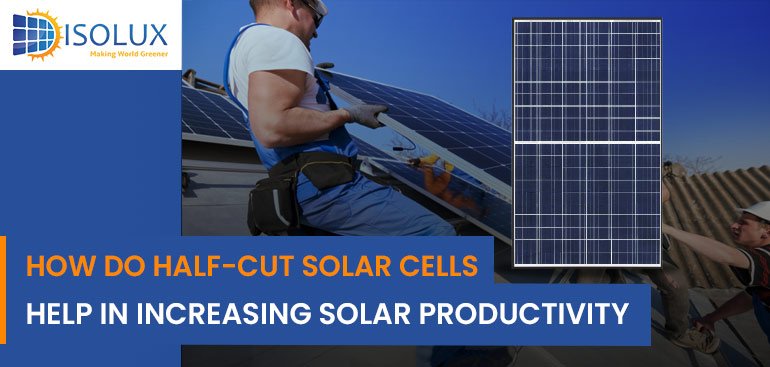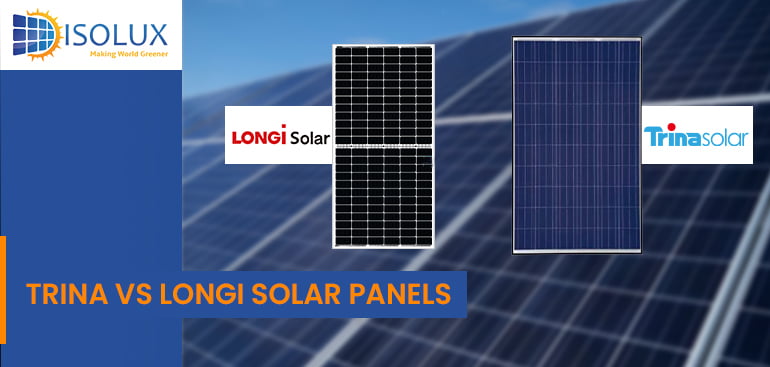Technology is advancing with each passing day. The world of solar panels is no different. The standard silicon solar cells have paved the way for half-cut solar cells. Many people in Australia prefer solar panel system installation Sydney with half-cut cells because of their noteworthy improved performance and durability.
What Are Half-Cut Solar Cells?
Half-cut solar cells are built using the same components (materials) as traditional solar cells. They are based on traditional crystalline silicon solar cells.
What makes half-cut solar cells different from traditional (full) solar cells is the change in design. The design of this type of solar cell is what sets them apart from traditional solar cells. The design of half-cut solar cells specifically focuses on improving the performance of solar panels and reducing electrical losses.
The half-cut solar cells can be polycrystalline, but are usually monocrystalline PERC for the best results. They are manufactured by applying a process called cleaving in which they are cut into half monocrystalline and polycrystalline cells. The cleaving process makes use of high-tech laser technology to cut a solar cell in half. Half-cut solar cells deliver the same voltage, but the current is halved.
Ways In Which Half-Cut Solar Cells Improve Solar Panel Efficiency
There are different ways in which solar panels with half-cut solar cells are beneficial to the performance and output.
Lower Resistive Losses
- When solar cells convert sunlight into electricity, the resistance between them leads to power loss.
- Resistive loss refers to the power lost due to the transportation of electric current.
- Current is transported between solar cells using thin metal ribbons.
- Through these metal ribbons, current moves from one cell to another.
- By using half-cut cells, the current generated from each cell is halved.
- Less current flowing through the cells results in lower resistive losses as electricity moves through the cells and wires in a solar panel.
Reduced Hot Spots And Temperature
- The partial shading in solar panels results in the generation of hot spots, i.e., areas of high temperature within the solar panels.
- When the solar cells are shaded, they do not generate electricity. They act as resistance and consume electricity, which results in an increase in temperature.
- Half-cut solar cells reduce the current flowing through strings.
- Also, in the case of half-cut solar cells, the number of panel strings is doubled and the heat generated is halved. This helps to minimize the hotspot damage to the solar panels by lowering the temperature of the hotspots.
Higher Shade Tolerance
- Half-cut solar cells are more resistant to shade than traditional solar cells. This is due to a subtle difference in the wiring system used in solar panels that have half-cut solar cells.
- In a traditional solar panel, the full cells are connected by a series wiring, in which the cells are arranged in rows.
- The standard panels have three rows of solar cells. The shading of one row means that it will not generate electricity, rendering one-third of the panel unproductive.
- Since half-cut cell solar panels have twice the number of cells and cell rows, shading of a single row will result in reduced losses.
Are you planning to go for solar panel system installation Sydney?
Invest in a solar panel with half-cut solar cells. A solar panel having half-cut solar cells means longevity, sustainability, durability, aesthetically appealing design, and reduced shadow impact.
Read Next Blog: Top 5 Reasons Why Homes with Solar Panels Sell Faster




